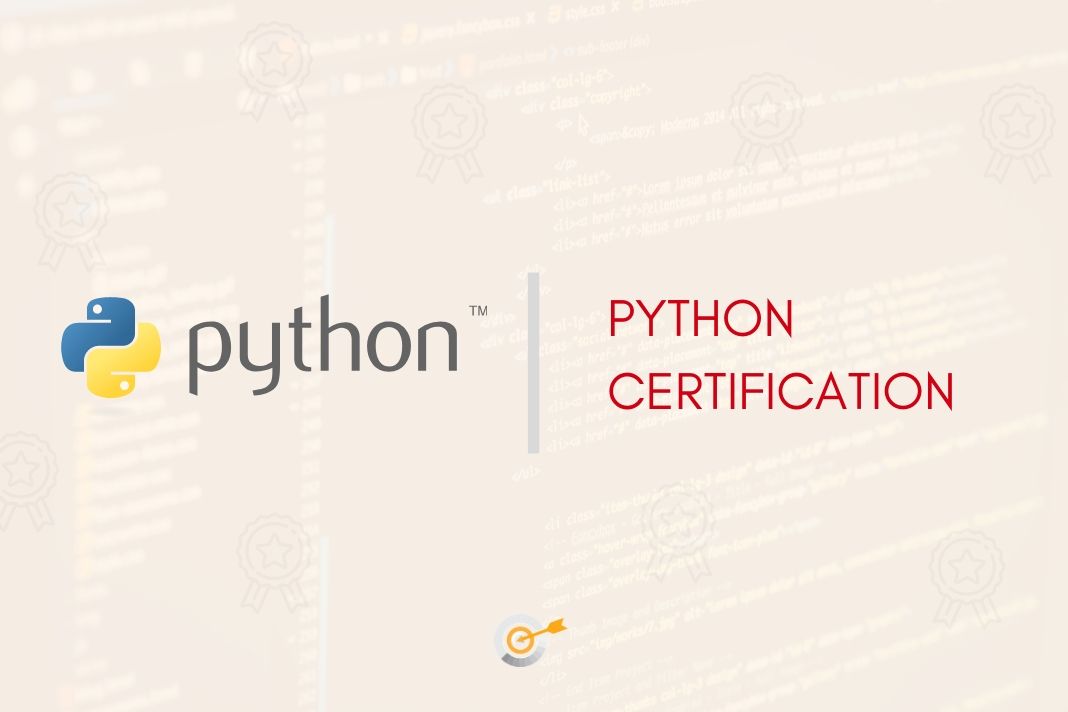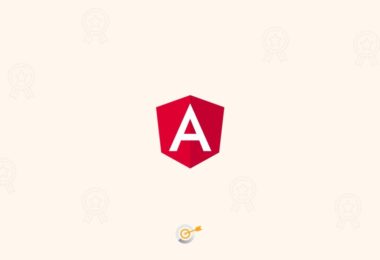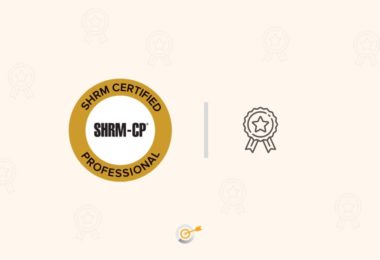
Overview of the Certification
Python is a feature-rich programming language that is in high demand in the market. It is remarkably simple to use, the language is easy to pick up, and it can be used for a host of purposes. It can be used in any industry and its applications span, solving many business problems, and providing myriad IT solutions. Because of its simplicity of use and its applications, Python is high in demand, with salaries going as high as $140000 in the United States.
There are three levels of Python for any programmer.
- Entry-level Python
- Advanced level Python
- Professional Level Python
Basic Python involves learning elementary subjects such as syntax, keyword, if-else, loop, data types, functions, classes, etc. Advanced Python includes multi-threading, synchronization techniques, MySQL and other database programming, etc. There is no rule that every programmer has to go through this level. Many parts of the advanced level may be covered in different certifications. In the end, what you have to learn depends on the nature of your work and what elements your role needs.
Professional Python involves knowledge of Data Analytics, the required libraries, and packages, image processing, etc. These are some of the highest valued skills, and every programmer who aims to master his role needs these skills. Given the low certification time and cost, and the variety of applications, it is small wonder then, that Python is in high demand.
Also Read ;
A Step by Step Guide on How to Get an Oracle Certified Associate Java SE 11 Programmer I (OCAJP)
How to Become a Successful Programmer?
What are the Eligibility Criteria and the Certification Process for Python?
The Python Institute offers certified Python Associate in Programming. This certification is a mid-level certification that the Python Institute offers. As the website reads, there are no eligibility criteria. So, if your job role requires it, you can always attempt this exam directly. The exam aims to make PCAP familiar with
- Able to understand and work with the fundamental notions and techniques employed by object-oriented programming
- Capable of accomplishing coding tasks in Python
- Familiar with the:
- General coding techniques
- General computer programming concepts
- Object-oriented programming
- Python runtime environment
- Syntax and semantics of Python
This certification equips individuals with comprehensive familiarity with Python programming language. This facilitates a smoother transition into attempting professional Python Certification. That way, a Certified Python Associate in Programming course is the gateway towards a career in an industry-neutral python career.
The syllabus for this certification is mentioned on the Python Institute website only. Paraphrasing it, it includes
Exam block #1: Control and Evaluations (25%)
Objectives covered by the block (10 exam items)
- basic concepts: interpreting and the interpreter, compilation and the compiler, language elements, lexis, syntax and semantics, Python keywords, instructions, indenting
- literals: Boolean, integer, floating-point numbers, scientific notation, strings
- operators: unary and binary, priorities and binding
- numeric operators: ** * / % // + –
- bitwise operators: ~ & ^ | << >>
- string operators: * +
- Boolean operators: not and or
- relational operators ( == != > >= < <= ), building complex Boolean expressions
- assignments and shortcut operators
- accuracy of floating-point numbers
- basic input and output: input(), print(), int(), float(), str() functions
- formatting print() output with end= and sep= arguments
- conditional statements: if, if-else, if-elif, if-elif-else
- the pass instruction
- simple lists: constructing vectors, indexing, and slicing, the len() function
- simple strings: constructing, assigning, indexing, slicing comparing, immutability
- building loops: while, for, range(), in, iterating through sequences
- expanding loops: while-else, for-else, nesting loops and conditional statements
- controlling loop execution: break, continue
Exam Block #2: Data Aggregates (25%)
Objectives covered by the block (10 exam items)
- strings in detail: ASCII, UNICODE, UTF-8, immutability, escaping using the \ character, quotes and apostrophes inside strings, multiline strings, copying vs. cloning, advanced slicing, string vs. string, string vs. non-string, basic string methods (upper(), lower(), isxxx(), capitalize(), split(), join(), etc.) and functions (len(), chr(), ord()), escape characters
- lists in detail: indexing, slicing, basic methods (append(), insert(), index()) and functions (len(), sorted(), etc.), del instruction, iterating lists with the for loop, initializing, in and not in operators, list comprehension, copying and cloning
- lists in lists: matrices and cubes
- tuples: indexing, slicing, building, immutability
- tuples vs. lists: similarities and differences, lists inside tuples and tuples inside lists
- dictionaries: building, indexing, adding and removing keys, iterating through dictionaries as well as their keys and values, checking key existence, keys(), items() and values() methods
Exam block #3: Functions and Modules (25%)
Objectives covered by the block (10 exam items)
- defining and invoking your functions and generators
- return and yield keywords, returning results, the None keyword, recursion
- parameters vs. arguments, positional keyword and mixed argument passing, default parameter values
- converting generator objects into lists using the list() function
- name scopes, name hiding (shadowing), the global keyword
- lambda functions, defining and using
- map(), filter(), reduce(), reversed(), sorted() functions and the sort() method
- the if operator
- import directives, qualifying entities with module names, initializing modules
- writing and using modules, the __name__ variable
- pyc file creation and usage
- constructing and distributing packages, packages vs. directories, the role of the __init__.py file
- hiding module entities
- Python hashbangs, using multiline strings as module documentation
Exam block #4: Classes, Objects, and Exceptions (25%)
Objectives covered by the block (10 exam items)
- defining your classes, superclasses, subclasses, inheritance, searching for missing class components, creating objects
- class attributes: class variables and instance variables, defining, adding and removing attributes, explicit constructor invocation
- class methods: defining and using, the self parameter meaning and usage
- inheritance and overriding, finding class/object components
- single inheritance vs. multiple inheritance
- name mangling
- invoking methods, passing and using the self argument/parameter
- the __init__ method
- the role of the __str__ method
- introspection: __dict__, __name__, __module__, __bases__ properties, examining class/object structure
- writing and using constructors
- hasattr(), type(), issubclass(), isinstance(), super() functions
- using predefined exceptions and defining your ones
- the try-except-else-finally block, the raise statement, the except-as variant
- exceptions hierarchy, assigning more than one exception to one except branch
- adding your exceptions to an existing hierarchy
- assertions
- the anatomy of an exception object
- input/output basics: opening files with the open() function, stream objects, binary vs. text files, newline character translation, reading and writing files, bytearray objects
- read(), readinto(), readline(), write(), close() methods
If you’re taking the test from Pearson VUE, the exam code is PCAP-31-02, while, from OpenEDG, it is PCAP-NP-31-02. Candidates must note that the exam PCAP-31-01 has been retired and is no longer available for test-takers. The exam is for 65 minutes, and an additional 10 minutes are allotted for signing the Non-Disclosure Agreement and taking the tutorial. There will be 40 questions in total.
The format of the exam is single and multiple answers multiple-choice questions. The passing score is 70%. That means you should get 46 questions correctly to get the certification
The Python Institute mentions that the following are aligned courses with Certified Python Associate in Programming.
- PCAP: Programming Essentials in Python (Cisco Networking Academy, instructor-led)
- Python Essentials – Part 1, Python Essentials – Part 2 (Edube Interactive – OpenEDG Education Platform, self-enroll/self-study)
The cost of the certification is $295, and the delivery channel is either Pearson VUE or OpenEDG.
Where to Get Online Resources for Python Certification
This certification, and an aligned certification, is offered by Microsoft and Cisco as well. Apart from this, providers like Udemy, Plural Sight, Edex, Edureka, and Coursera offer the course. Each of them has their training resources, materials, and other study resources for the exam.




